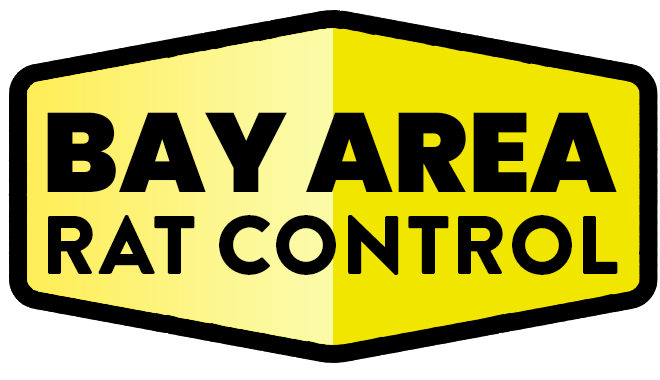Opening Thoughts
Rat infestations are a shared challenge for communities worldwide, but innovative strategies and collective action can lead to significant improvements. This guide highlights inspiring community stories that showcase effective approaches to tackling rat problems, offering valuable lessons for homeowners, businesses, and local governments.
Story 1: A Neighborhood Collaboration in San Francisco
Background
- Issue: A residential neighborhood in San Francisco experienced increasing rat sightings, particularly around trash bins and alleys.
- Challenge: Residents were unsure of how to coordinate efforts to address the problem.
Solution
- Community Action Committee:
- Formed a neighborhood group to address waste management and pest control.
- Upgraded Trash Systems:
- Secured funding to install rat-proof trash bins throughout the area.
- Educational Campaign:
- Distributed flyers and held workshops to educate residents about proper food storage and trash disposal.
Outcome
- Rat sightings decreased by 65% within six months.
- Improved community engagement and awareness led to ongoing prevention efforts.
Story 2: Urban Parks Initiative in Chicago
Background
- Issue: Rats were damaging greenery and nesting in public parks, leading to complaints from visitors.
- Challenge: The large size of the parks made traditional pest control methods difficult to implement.
Solution
- Eco-Friendly Pest Control:
- Introduced dry ice treatments in rat burrows to suffocate rodents without using harmful chemicals.
- Increased Sanitation:
- Installed more waste bins and increased trash collection frequency.
- Natural Predators:
- Encouraged local barn owls to nest in the area by installing nesting boxes.
Outcome
- Visible rat activity in parks dropped by 75%.
- The initiative became a model for other urban parks facing similar issues.
Story 3: A Downtown Business District’s High-Tech Approach
Background
- Issue: Businesses in a bustling downtown district faced persistent rat infestations, affecting their reputation and compliance with health codes.
- Challenge: The high volume of foot traffic and shared spaces made control efforts complex.
Solution
- Smart Technology Deployment:
- Installed IoT-enabled traps and monitoring systems to track and address infestations in real-time.
- Collaborative Agreements:
- Businesses pooled resources to hire a professional pest control company for regular inspections and treatments.
- Community Incentives:
- Provided discounts to businesses that adopted best practices for waste management and pest control.
Outcome
- The district achieved a 90% reduction in reported rat infestations within a year.
- Businesses saw improved customer satisfaction and fewer health code violations.
Story 4: A Suburban School District’s Preventive Measures
Background
- Issue: Rats were found in school kitchens and storage areas, raising concerns about student health and safety.
- Challenge: Budget constraints limited the district’s ability to invest in pest control.
Solution
- Preventive Maintenance:
- Sealed cracks and entry points in school buildings during summer renovations.
- Integrated Pest Management (IPM):
- Implemented IPM strategies focusing on exclusion, monitoring, and sanitation.
- Educational Outreach:
- Launched a student-led awareness program to promote cleanliness and proper food storage.
Outcome
- Rat incidents dropped by 80%, and the schools maintained compliance with health regulations.
- The student-led program fostered a sense of responsibility and community pride.
Key Lessons from Community Stories
1. Collaboration is Crucial
- Insight:
- Collective efforts among residents, businesses, and local governments lead to more effective and lasting solutions.
- Example:
- San Francisco’s neighborhood collaboration combined education and infrastructure improvements for success.
2. Leverage Technology and Innovation
- Insight:
- High-tech solutions like IoT traps and dry ice treatments can enhance traditional methods.
- Example:
- Chicago’s parks initiative demonstrated the effectiveness of eco-friendly pest control options.
3. Invest in Prevention
- Insight:
- Proactive measures such as sealing entry points and maintaining cleanliness reduce the likelihood of infestations.
- Example:
- Suburban schools significantly reduced rat incidents by focusing on preventive maintenance.
Common Challenges in Community Rat Control
1. Funding Limitations
- Solution:
- Seek grants, sponsorships, or collaborative funding to implement large-scale solutions.
2. Lack of Awareness
- Solution:
- Use educational campaigns to inform residents and businesses about best practices.
3. Resistance to Change
- Solution:
- Highlight the benefits of new methods through pilot programs or success stories.
Final Thoughts
These community success stories highlight the power of collaboration, innovation, and education in tackling rat problems. By adopting similar approaches, neighborhoods, businesses, and public spaces can effectively manage infestations and create healthier environments. Together, communities can turn the tide against rats and foster long-term solutions.
Relevant Links/Sources:
Urban Pest Control Strategies – NPMA
Innovative Rodent Management – EPA
Collaborative Pest Control Success Stories – PestWorld
